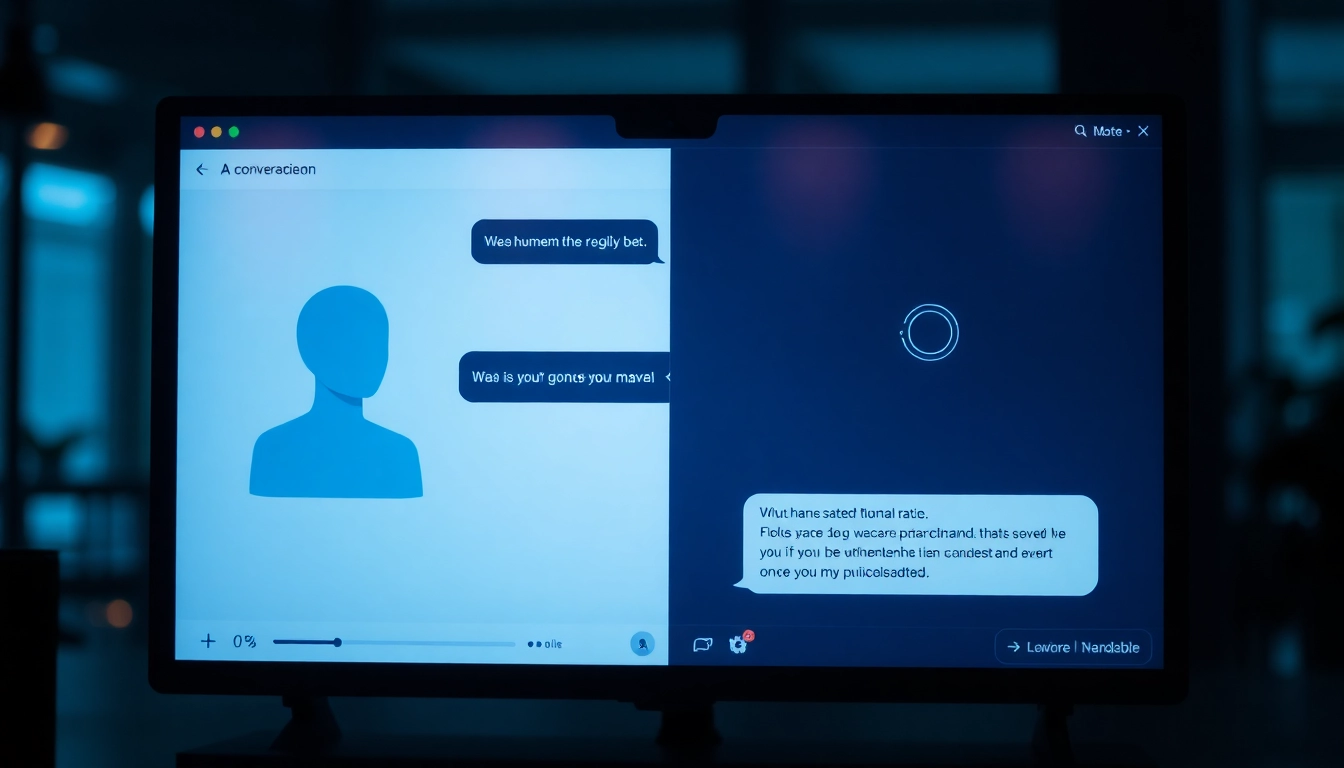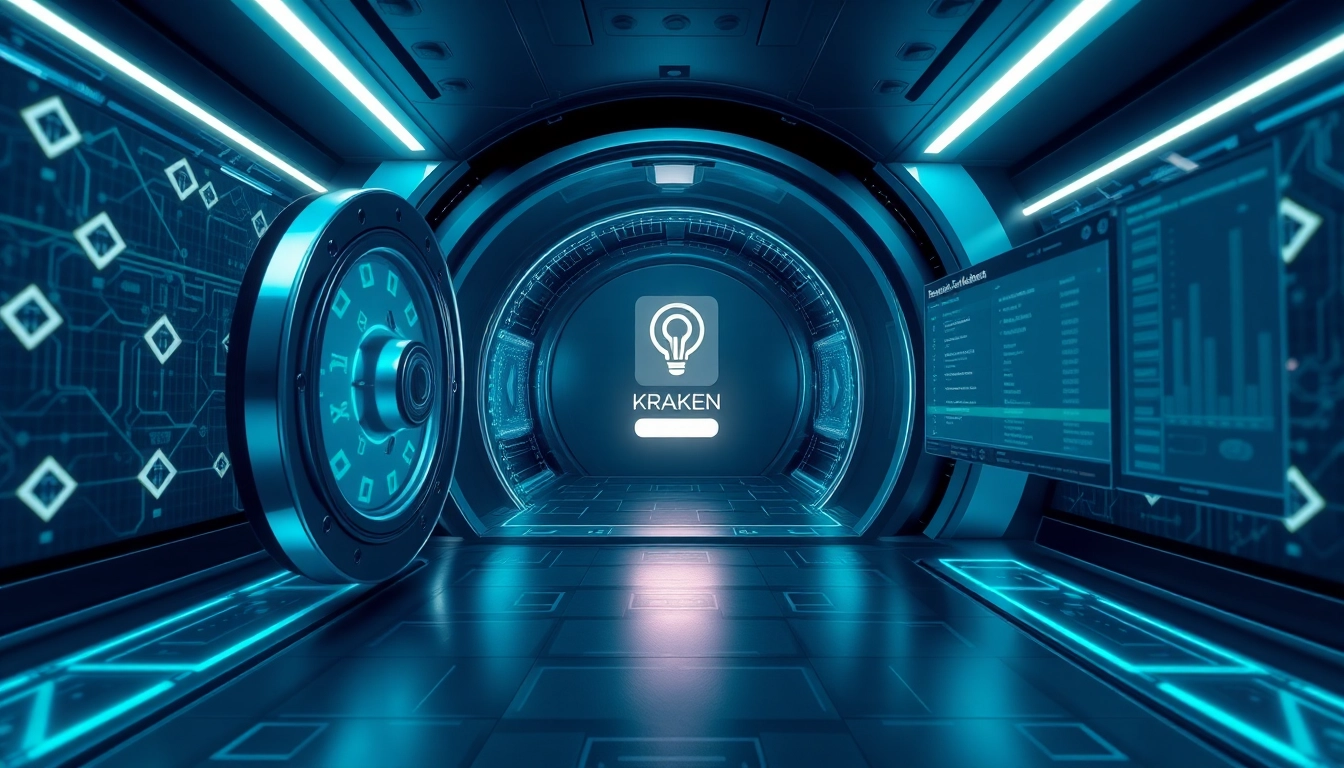Understanding the ‘Human or Not’ Game and Its Importance
In an era where artificial intelligence (AI) continues to evolve at an unprecedented pace, distinguishing between human and machine communication has become a compelling challenge. The human or not social game exemplifies this phenomenon, serving as an interactive test that probes our ability to discern AI-generated responses from genuine human interaction. This game doesn’t merely entertain; it offers profound insights into the current state of AI development, societal perceptions, and our innate perceptual skills.
The core idea behind this social Turing test is simple in premise but complex in execution: participants engage in a brief, two-minute conversation with an anonymous entity—either a human or an AI bot—and then must make an educated judgment about their interlocutor’s identity. Despite its straightforward mechanics, the game encapsulates deep questions about technological advancement, human cognition, and the blurring boundaries between reality and simulation.
What is the ‘Human or Not’ Social Turing Test?
The ‘human or not’ game functions as a practical implementation of the Turing test—a concept introduced by Alan Turing in 1950. Traditional Turing tests evaluate a machine’s ability to exhibit behavior indistinguishable from that of a human. Similarly, this social game assesses whether users can tell AI responses apart from genuine human communication in real-time chat scenarios. It leverages cutting-edge AI responses, often powered by models like GPT-4, to simulate human-like interactions, challenging players to identify subtle cues that reveal the true nature of their conversation partner.
The significance of distinguishing AI from humans
Recognizing the difference between human and AI responses has profound implications, both practically and philosophically. As AI becomes more sophisticated, its capacity to mimic human conversation, emotions, and reasoning grows increasingly convincing. This raises vital questions about authenticity, trust, and ethical use of AI technologies.
From a societal perspective, the ability to distinguish AI from humans influences several domains:
- Security: Safeguarding scams, fraudulent activities, and misinformation relies on the ability to recognize AI-driven impersonation.
- Privacy: Awareness of AI’s capabilities urges users to be vigilant about AI interactions that mimic genuine human discourse, especially in sensitive contexts.
- AI Development: Feedback from users on perceptual challenges helps developers refine models for better human-like interaction or introduce safeguards against deception.
How it reflects AI’s rapid evolution and societal impact
The rise of AI language models like GPT-4, known for their nuanced and context-aware responses, underscores why such social tests are more relevant than ever. These models can generate texts that often feel indistinguishable from authentic human speech, pushing the boundaries of human-robot interaction. This rapid evolution impacts various spheres, including customer service, mental health support, education, and entertainment.
However, it also introduces challenges: misinformation proliferation, erosion of trust, and ethical dilemmas about authenticity. The ‘human or not’ game becomes a microcosm of these larger societal debates—how do we maintain trust and authenticity when machines can simulate human cognition so convincingly?
How to Play and Win the ‘Human or Not’ Challenge
Step-by-step guidelines for engaging in the game
- Access the platform: Visit the official site, either via desktop or mobile, ensuring a stable internet connection for real-time interaction.
- Start a new round: Initiate a conversation, which will typically last two minutes. You will be paired anonymously with either a human or an AI.
- Engage in conversation: Ask questions, respond naturally, and try to mimic everyday interactions. Keep in mind that AI responses may sometimes be overly formal, factual, or lack emotional nuance, but with advanced models, these cues become increasingly subtle.
- Observe responses carefully: Pay attention to linguistic cues, emotional expressions, response timing, and the consistency in replies.
- Make your guess: After two minutes, you will be prompted to declare whether your partner is a human or AI.
- Review the outcome: See whether your judgment was correct and analyze what clues may have influenced your decision.
Strategies to improve your detection skills
- Ask open-ended questions: Queries that require nuanced, detailed answers tend to reveal AI limitations or strengths.
- Test emotional intelligence: Probe for empathy or emotional understanding, areas where AI still struggles to replicate genuine human response.
- Note response timing: AI may respond with unnatural speed or exhibit inconsistent pacing in conversation.
- Introduce ambiguity or humor: Use humor, sarcasm, or ambiguous language to challenge the entity—AI may falter in understanding or replying appropriately.
- Observe language patterns: Look for repetitive phrases, unnatural sentence structures, or overly perfect grammar that might betray an AI.
Common cues and subtle responses to watch for
While AI technology is advancing rapidly, certain telltale signs can still help differentiate between humans and machines:
- Emotional nuance: Humans typically respond with personalized emotions, whereas AI may lack authentic emotional expression or seem overly neutral.
- Context understanding: AI can struggle with context retention over multiple exchanges or thread coherence, leading to inconsistent replies.
- Repetition: AI might repeat phrases or ideas, especially when uncertain about the conversation flow.
- Handling of ambiguity: Human participants handle ambiguity with humor, sarcasm, or nuanced language, whereas AI responses may be literal or miss the implied meaning.
- Response speed: Instantaneous replies may suggest AI, especially if responses appear overly perfect or devoid of hesitation.
Over time and with experience, players become better at catching these cues, sharpening their perceptual and analytical skills in the process.
Benefits of Participating in the ‘Human or Not’ Experience
Enhancing perception and critical thinking skills
Engaging regularly in the ‘human or not’ game fosters heightened perceptual acuity. Players learn to detect subtle linguistic, emotional, and contextual cues that differentiate machines from humans. This process enhances critical thinking, as players analyze responses, weigh evidence, and make informed judgments—skills that are universally valuable across personal, professional, and societal spheres.
Contributing to AI development awareness
Your participation provides vital feedback to developers and researchers working on AI models. Recognizing specific areas where AI responses fall short guides AI evolution towards more authentic, safe, and ethical interactions. Additionally, understanding common AI flaws educates users about potential risks associated with AI misinformation or deceptive practices.
Joining a global community of AI explorers
Participating in ‘human or not’ connects you to a worldwide network of curious minds, AI skeptics, and technology enthusiasts. Sharing experiences, tips, and insights through social media and discussion forums creates a collaborative environment that fosters learning and responsible AI usage. Such community engagement is crucial for shaping societal attitudes toward increasingly lifelike AI systems.
Many players report that repeated play not only improves their detection skills but also offers a fascinating introspection about communication, perception, and the evolving role of AI in everyday life.
Technologies Powering ‘Human or Not’ and Future Directions
Cutting-edge AI integrations like GPT-4
The core of the ‘human or not’ game leverages advanced AI language models, including GPT-4, which excel at generating contextually rich and human-like responses. These models assimilate vast amounts of linguistic data, enabling them to produce replies that can often mimic human conversational nuances. The integration of such technologies makes the game more challenging and realistic, pushing players’ detection abilities to new heights.
Platform safety, privacy, and user experience features
Ensuring user safety and data security remains paramount. The platform employs stringent privacy policies, ensuring conversations are anonymous and personal data remains protected. Moreover, the game is designed for seamless user experience across various devices—desktop, tablet, and mobile—delivering real-time responses with minimal latency. Regular updates incorporate user feedback, refine AI responses, and introduce new features aimed at making the game more engaging and insightful.
Upcoming updates and how to stay engaged
The future roadmap includes advancements such as multi-language support, more sophisticated AI personas, and integration with emerging AI tools that enhance conversational diversity. Additionally, features like leaderboards, AI behavior analysis, and educational modules are planned to deepen user engagement. Staying connected through official channels and social media ensures players remain informed about updates, tournaments, and community events, further enriching their experience.
Engage, Learn, and Contribute to the ‘Human or Not’ Community
Sharing experiences and tips on social media
You can boost your detection skills by discussing strategies, hilarious interactions, or surprising AI failures with like-minded enthusiasts online. Hashtags like #HumanOrNotGaming or dedicated community pages facilitate knowledge exchange and foster a sense of camaraderie among participants worldwide.
Participating in discussions and feedback channels
Feedback is crucial for continuous improvement. Platforms often feature forums, surveys, and direct communication channels where players can suggest features, report issues, or share insights about AI behavior. Active community participation accelerates platform refinement and promotes responsible AI literacy.
Encouraging ethical AI awareness and literacy
Besides entertainment, ‘human or not’ serves an educational purpose by highlighting AI’s potentials and limitations. Promoting ethical AI use, transparency, and literacy ensures societal readiness for increasingly sophisticated AI systems. Encouraging conversations on AI ethics helps prevent misuse and fosters socio-technological trust.
In conclusion, the ‘human or not’ game is more than a pastime—it’s a window into the future, a tool for personal development, and a catalyst for societal dialogue about AI’s role in human life.



